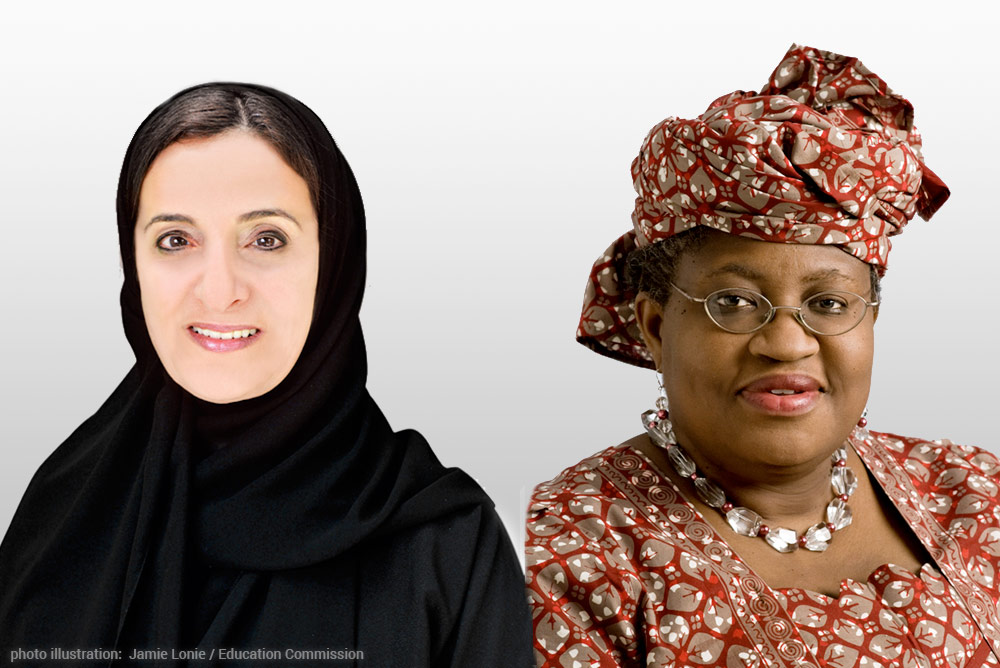From the article:
As noted in a recent report by our Commission, a one-year increase in schooling for girls is associated with reduction in mortality of 4.2% for children under the age of five. Furthermore, a child that begins preschool education in 2017 will see lifetime earnings nearly five times that of their parents and 12 times the cost of their education. And a case study from Brazil shows us low-income girls who participated in community preschool programs were two times more likely to reach fifth grade and three times more likely to reach eighth grade than their peers who did not attend preschool.
Yet at a time when we need to invest more, we are investing less. The share of international aid to education has fallen from 13 to 10% since 2002. At the national level, there is significant variation among countries. But we can say that, on average, education’s share of total government spending has slightly declined across countries of all income groups since 2000. Furthermore, children caught in emergency situations — whether armed conflict or a natural disaster — see their education treated as a luxury rather than a necessity. In practice, humanitarian aid for education remains critically underfunded, with less than 2% of pledges directed toward education.
The outcomes are clear enough. According to the Education Commission’s Learning Generation report, at current trends, by 2030, 825 million children in low and middle-income countries — half of the world’s 1.6 billion children — will lack the basic secondary-level skills..

